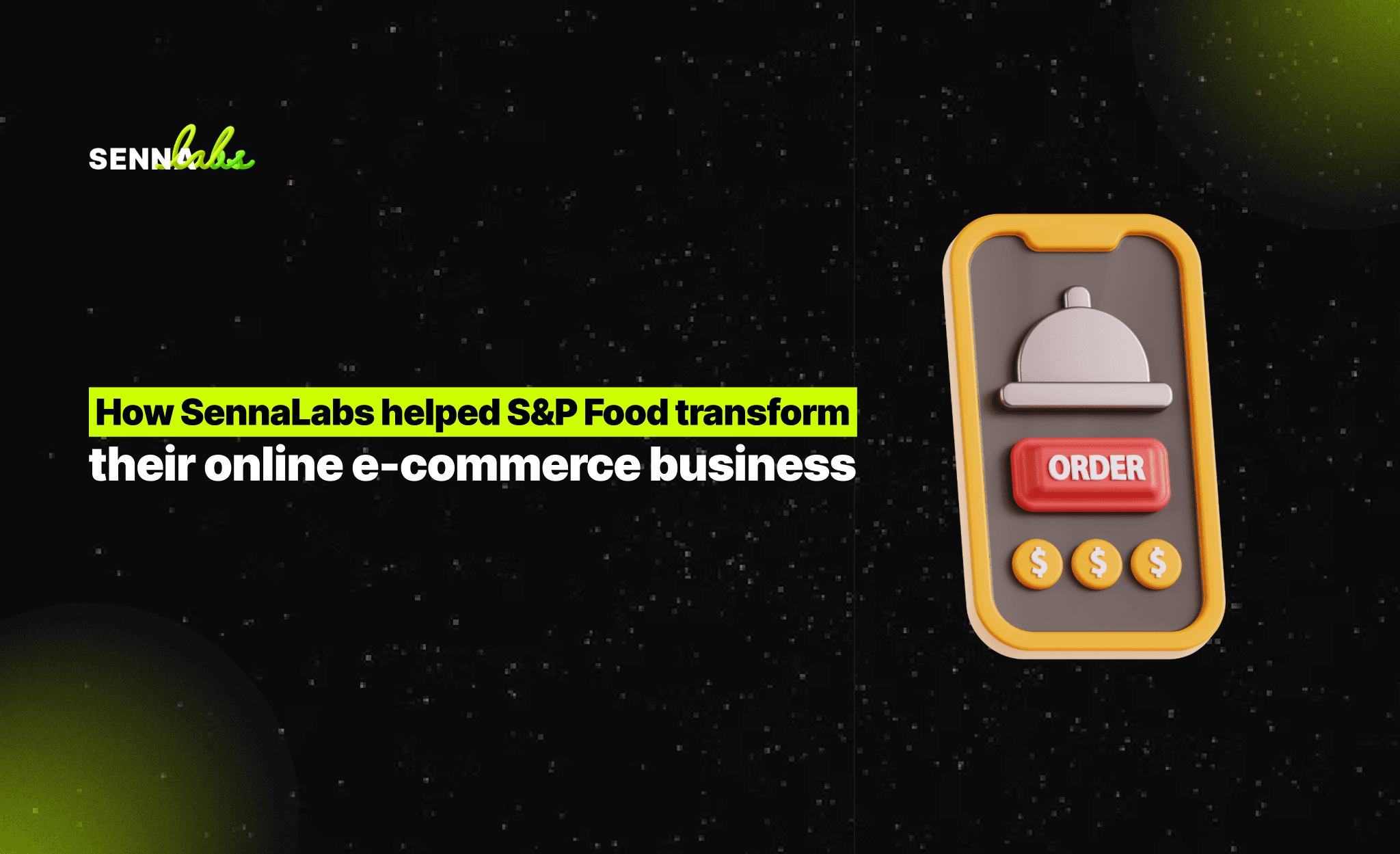Payment Processing Software for Secure Online Transactions
Share

In the digital economy, secure and efficient payment processing is essential for small and medium-sized enterprises (SMEs) operating online. Customers expect fast, secure, and diverse payment options when purchasing products or subscribing to services. A lack of secure and flexible payment methods can lead to cart abandonment, lost sales, and decreased customer trust.
Payment processing software such as Stripe, PayPal, Square, and Authorize.net enables SMEs to accept multiple payment methods, process recurring payments, and ensure fraud protection. For instance, a subscription box business using Stripe can provide customers with credit card, PayPal, and digital wallet payment options, ensuring a seamless and secure checkout experience.
This article explores the importance of payment processing software for online transactions, essential features, and how a subscription box business improved customer experience and revenue by integrating Stripe for secure payments.

Why SMEs Need Secure Payment Processing Software
Processing online payments involves more than just accepting credit cards. SMEs must ensure that transactions are secure, fraud risks are minimized, and customers have multiple payment options. Common challenges include:
-
Cart abandonment due to limited payment methods.
-
Risk of fraud and chargebacks, leading to revenue loss.
-
Manual processing inefficiencies, delaying payments and order fulfillment.
-
Inconsistent billing for subscription-based businesses.
Key Benefits of Payment Processing Software for SMEs
1. Secure Transactions and Fraud Protection
-
Uses encryption and tokenization to protect customer data.
-
Includes fraud detection tools to prevent unauthorized transactions.
2. Multiple Payment Options for Customers
-
Accepts credit/debit cards, PayPal, Apple Pay, Google Pay, and Buy Now, Pay Later (BNPL) solutions.
-
Reduces cart abandonment by providing varied and convenient payment choices.
3. Automated Recurring Billing for Subscriptions
-
Manages subscription renewals and recurring payments seamlessly.
-
Sends automated invoices and payment reminders.
4. Global Payment Support
-
Processes transactions in multiple currencies for international customers.
-
Supports localized payment methods for different regions.
5. Easy Integration with E-Commerce Platforms
-
Connects with Shopify, WooCommerce, BigCommerce, and custom websites.
-
Enables one-click checkout and stored payment methods for returning customers.
Essential Features of Payment Processing Software
1. PCI Compliance and Security Measures
-
Ensures compliance with Payment Card Industry (PCI) standards.
-
Protects against data breaches and unauthorized transactions.
2. One-Click Checkout and Digital Wallets
-
Provides a faster checkout experience for customers using stored payment methods.
3. Subscription and Recurring Payment Management
-
Automates monthly, quarterly, or annual billing cycles for subscription services.
4. Chargeback and Dispute Resolution
-
Helps businesses manage refunds, chargebacks, and payment disputes efficiently.
5. Real-Time Transaction Monitoring and Reporting
-
Tracks sales data, failed transactions, and customer payment trends.
Use Case: Offering Multiple Payment Options for a Subscription Box Service
Challenges Faced by the Subscription Box Business Before Payment Integration
-
Limited Payment Methods Leading to Lost Sales
-
The business only accepted credit card payments, which excluded PayPal users and digital wallet customers.
-
Many potential subscribers abandoned their carts due to payment restrictions.
-
Manual Subscription Management and Billing Errors
-
Customers were manually invoiced, leading to delayed payments and billing inconsistencies.
-
The business had difficulty tracking subscription renewals and cancellations.
-
Security Concerns and Fraud Risks
-
Without advanced fraud detection, the business experienced chargebacks and unauthorized transactions.
-
Customers were hesitant to enter credit card details on an unfamiliar platform.
-
Lack of International Payment Support
-
The store wanted to expand globally, but its payment processor only supported local transactions.
How Stripe Solved These Issues
-
Enabled Multiple Payment Options for a Seamless Checkout
-
Integrated credit/debit cards, PayPal, Apple Pay, and Google Pay, making checkout faster.
-
Customers could save payment details for hassle-free future transactions.
-
Automated Subscription Billing and Recurring Payments
-
Stripe’s subscription management feature automatically billed customers at the renewal date.
-
Sent automated invoices and payment reminders, reducing manual errors.
-
Advanced Fraud Prevention and Secure Transactions
-
AI-powered fraud detection flagged suspicious transactions and reduced chargebacks.
-
Encrypted customer payment data for PCI compliance and enhanced security.
-
Expanded Global Payment Acceptance
-
Stripe supported multiple currencies, allowing international customers to subscribe.
-
Enabled regional payment methods, increasing conversions from international markets.
Results After Implementing Payment Processing Software
-
30% increase in completed checkouts, thanks to multiple payment options.
-
50% reduction in manual billing errors, improving customer satisfaction.
-
40% fewer chargebacks and fraudulent transactions, enhancing business security.
-
Expanded to international customers, increasing revenue streams.
How to Choose the Right Payment Processing Software for Your SME
1. Evaluate Payment Methods and Customer Preferences
-
Choose software that supports credit cards, PayPal, and digital wallets.
2. Ensure Security and Fraud Protection
-
Select a PCI-compliant processor with fraud detection and encryption features.
3. Consider Subscription and Recurring Billing Capabilities
-
If running a subscription business, choose a system that automates billing cycles.
4. Check Integration with E-Commerce and Accounting Software
-
Ensure compatibility with your website, e-commerce store, and accounting system.
5. Compare Pricing and Transaction Fees
-
Look for transparent pricing models with minimal transaction fees.
Common Mistakes to Avoid When Implementing Payment Processing Software
-
Not Offering Multiple Payment Methods – Limited options increase cart abandonment rates.
-
Ignoring Security Compliance – Non-compliant payment processing risks customer data breaches.
-
Not Automating Recurring Payments – Manual invoicing delays payments and causes billing errors.
-
Choosing a Payment Processor with High Transaction Fees – Hidden fees cut into profit margins.
-
Neglecting Chargeback and Dispute Management – Unresolved disputes harm revenue and reputation.
Conclusion
For SME online businesses, secure and flexible payment processing software is critical for customer trust, sales growth, and fraud prevention. By using platforms like Stripe, PayPal, or Square, businesses can offer multiple payment methods, automate recurring billing, and ensure seamless transactions.
The subscription box business case study demonstrated how integrating Stripe’s payment solution led to higher checkout success rates, fewer billing errors, and increased global reach.
For SMEs looking to enhance payment security and expand payment options, investing in the right payment processing software is essential for scalability, customer satisfaction, and long-term growth.

Share

Keep me postedto follow product news, latest in technology, solutions, and updates
Related articles
Explore all


